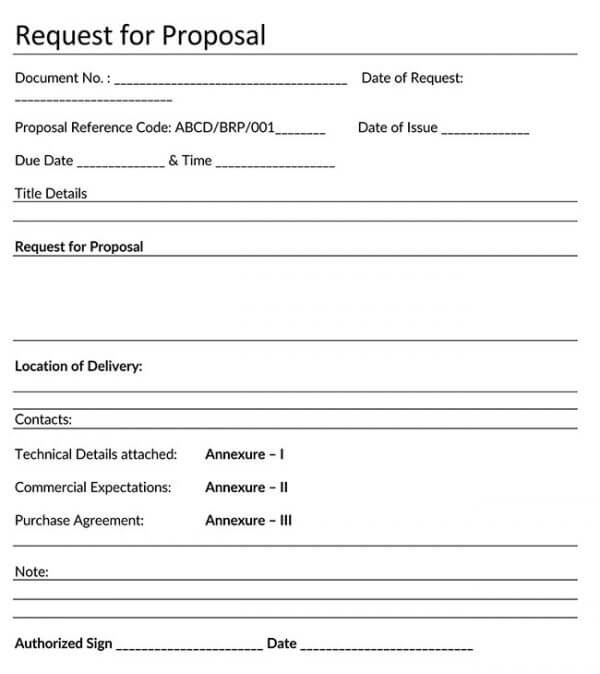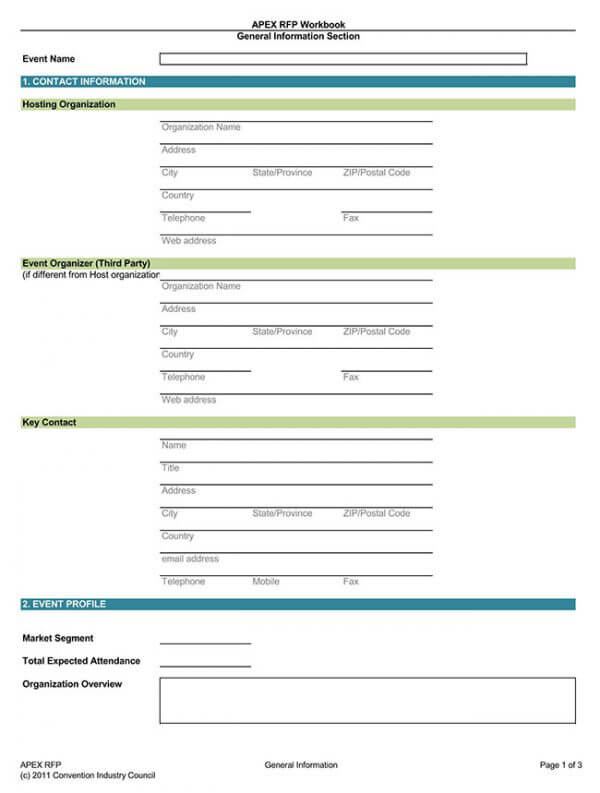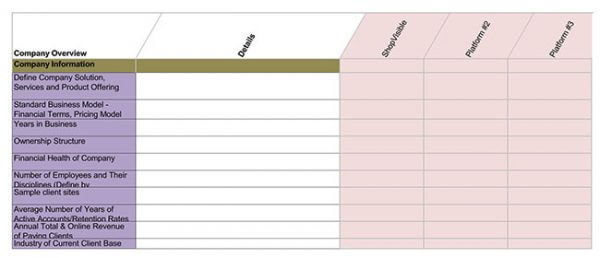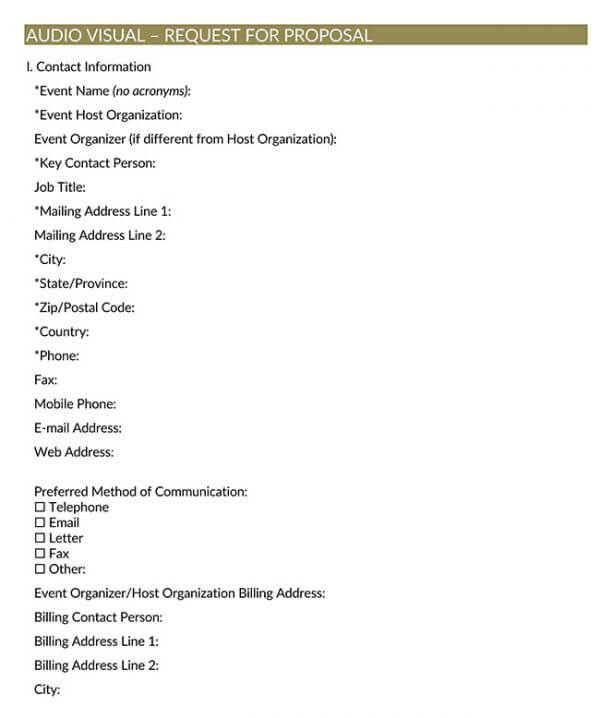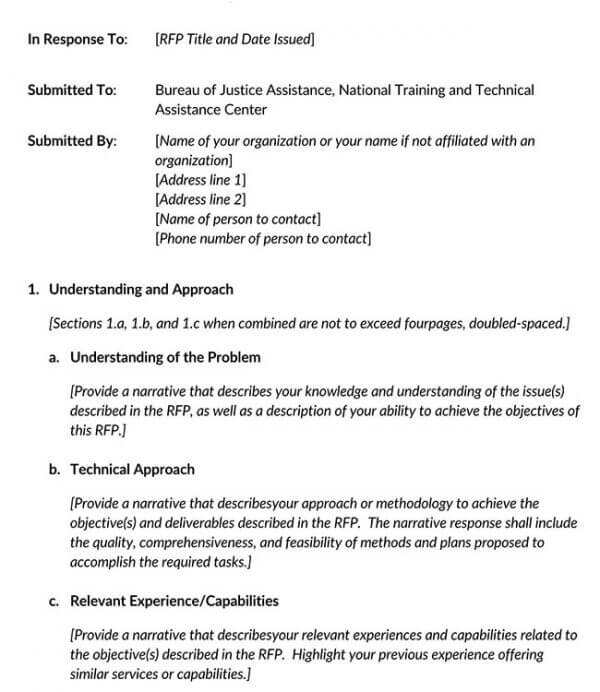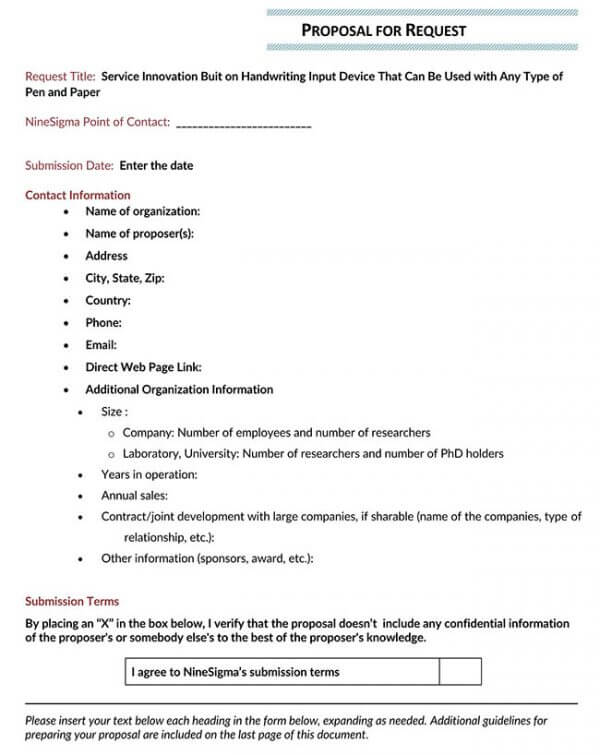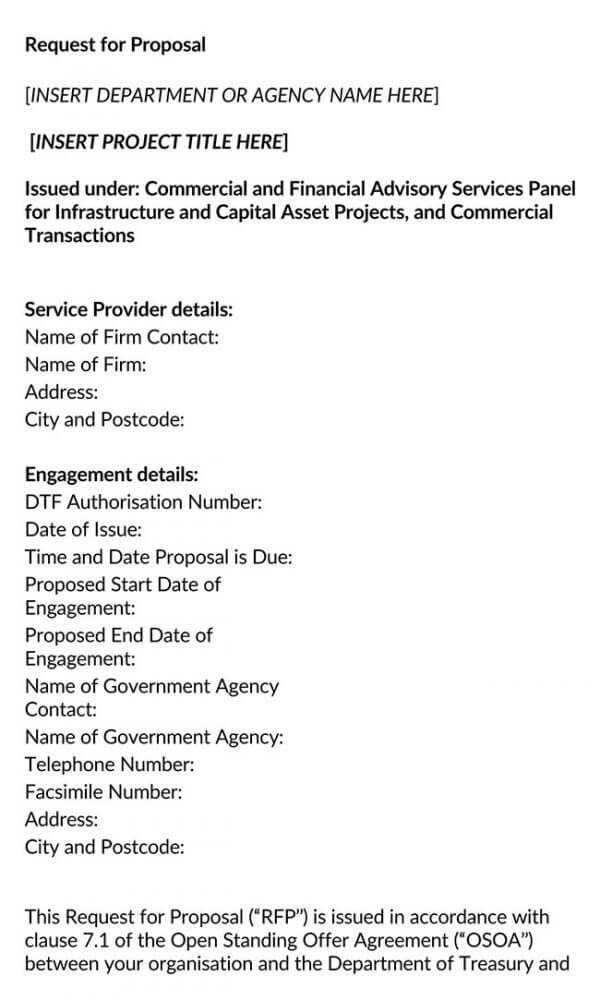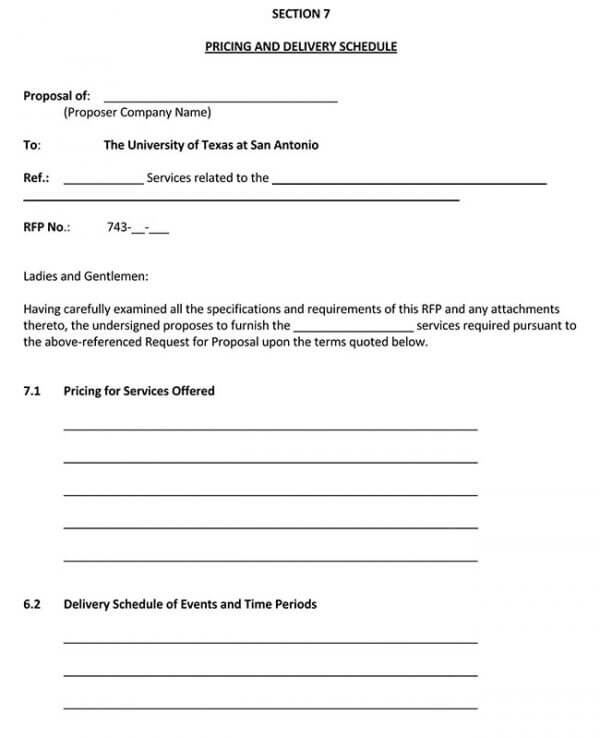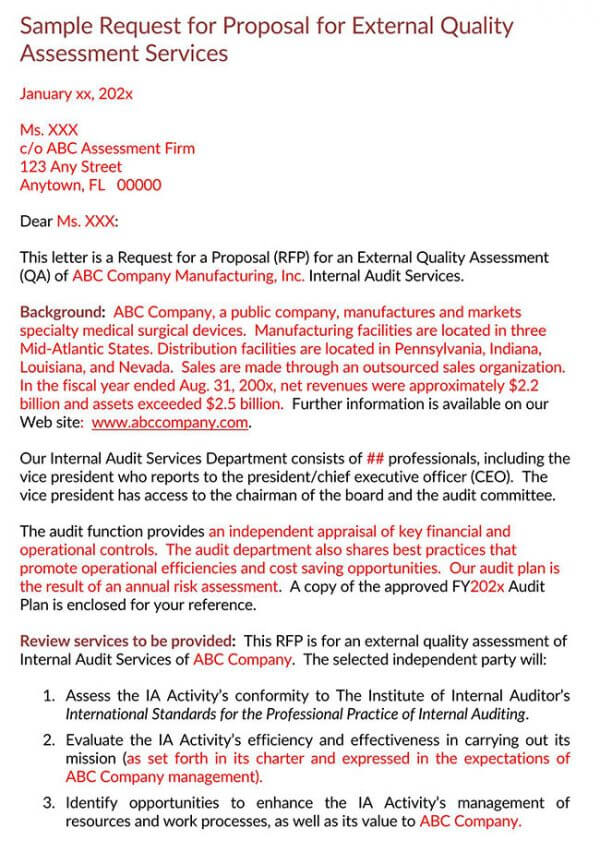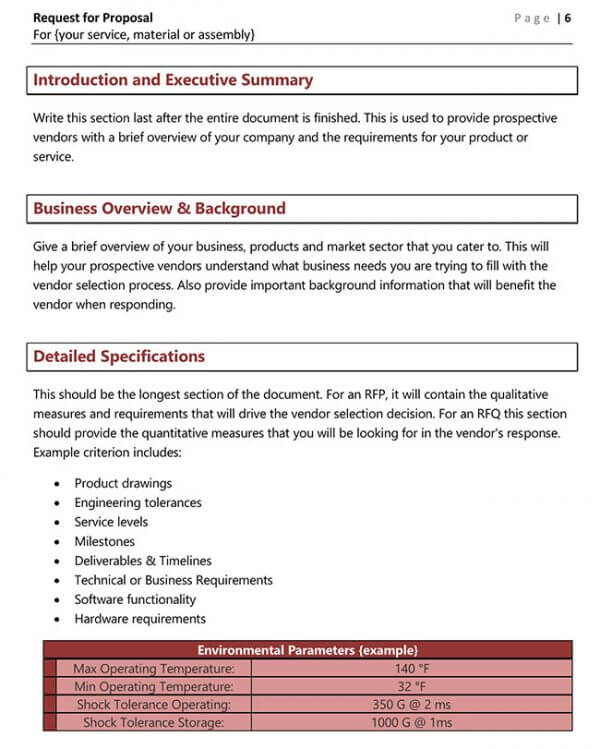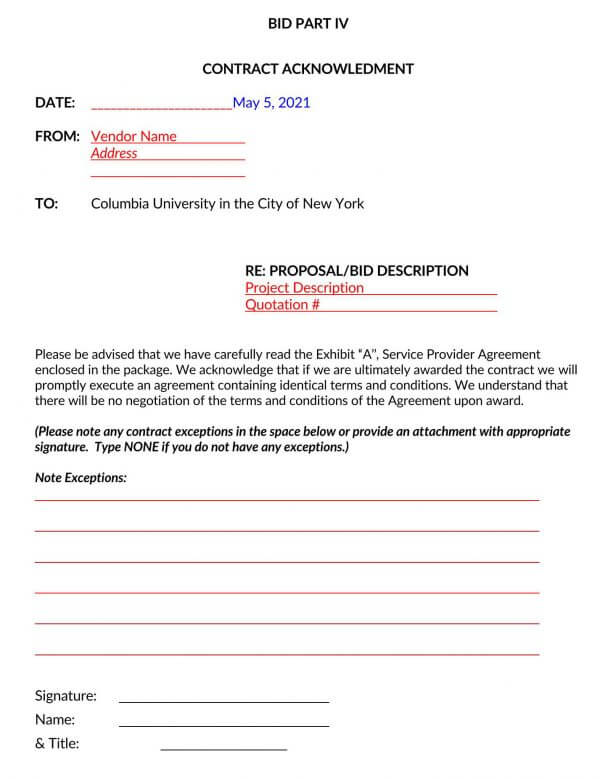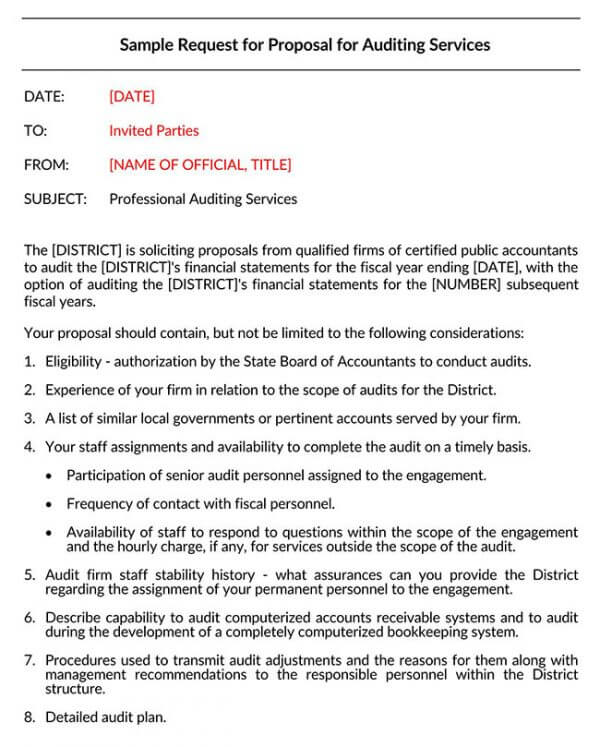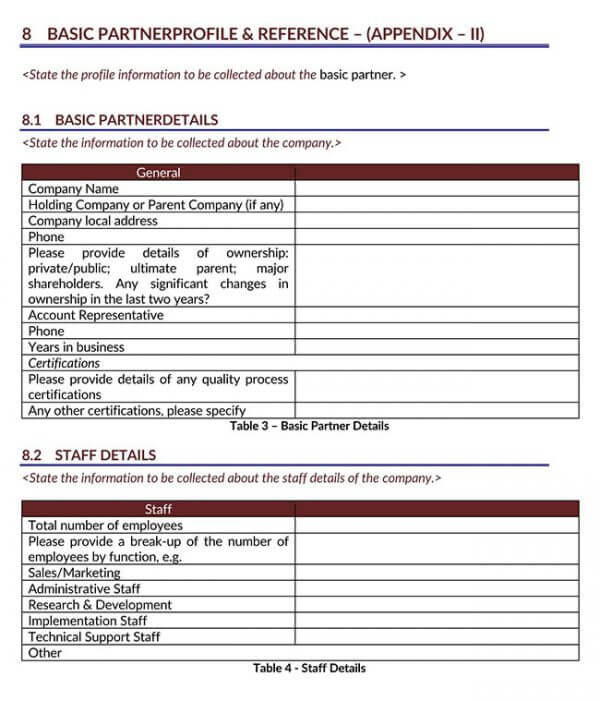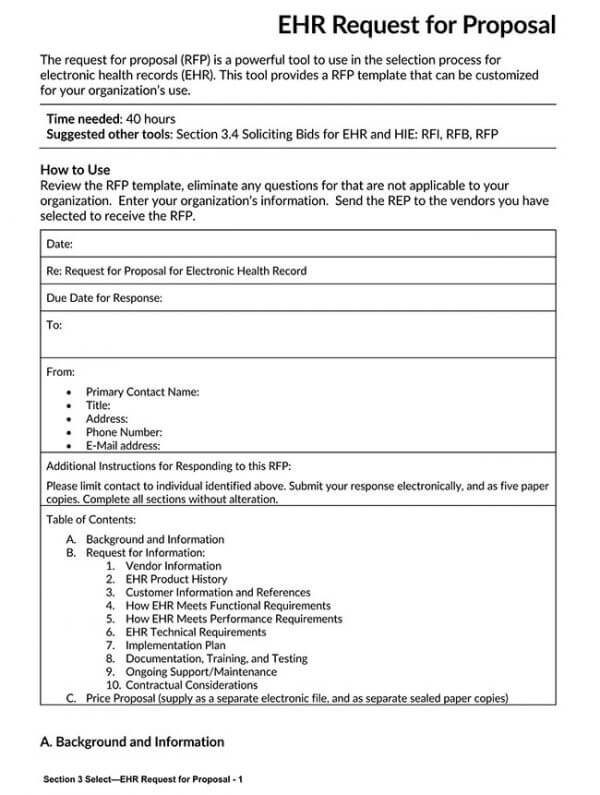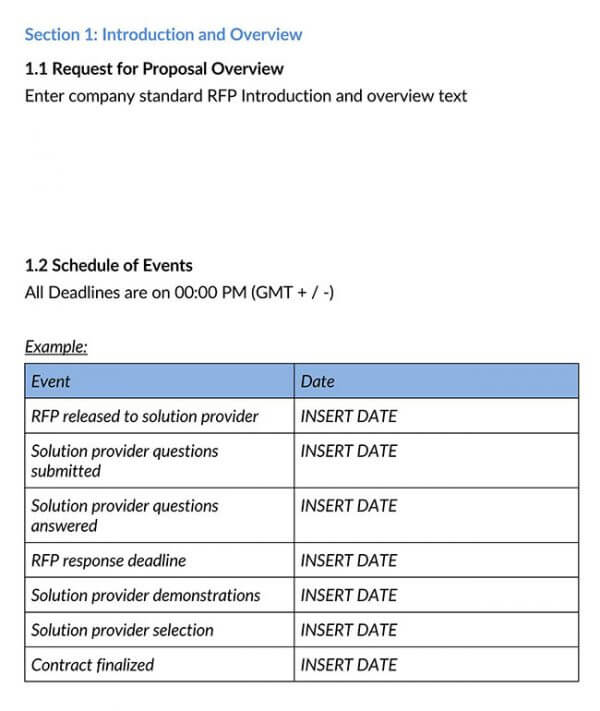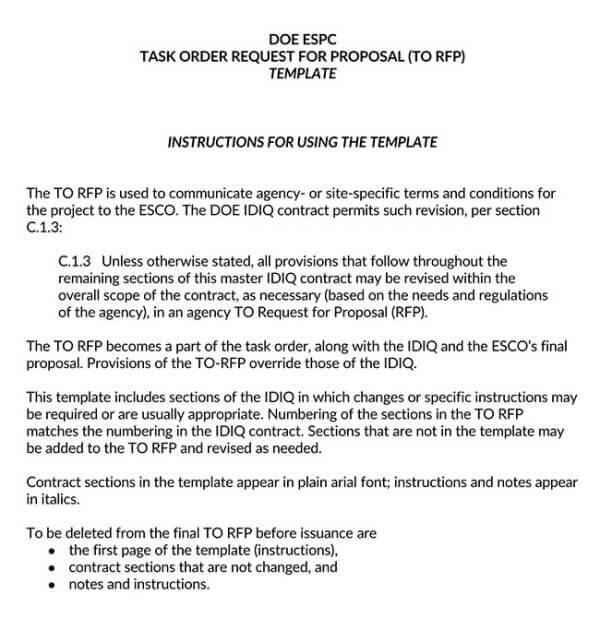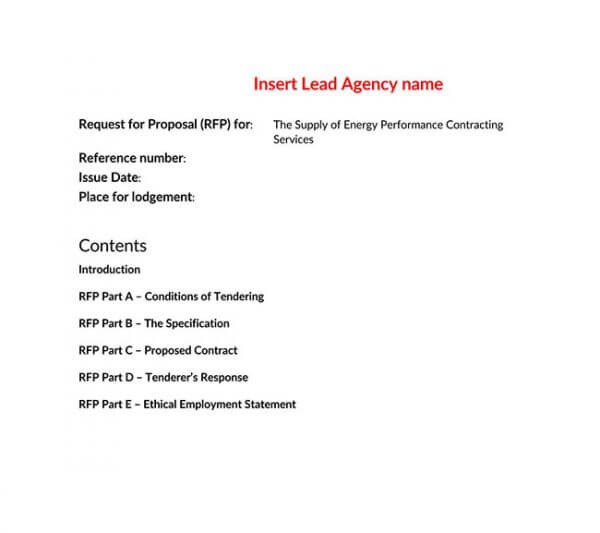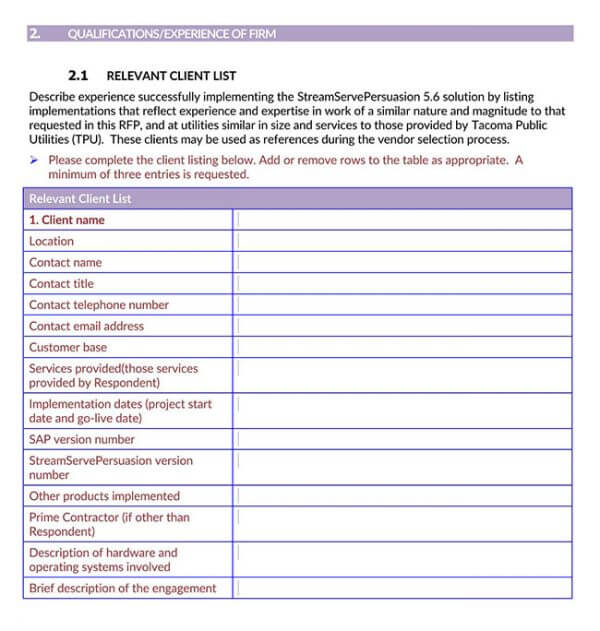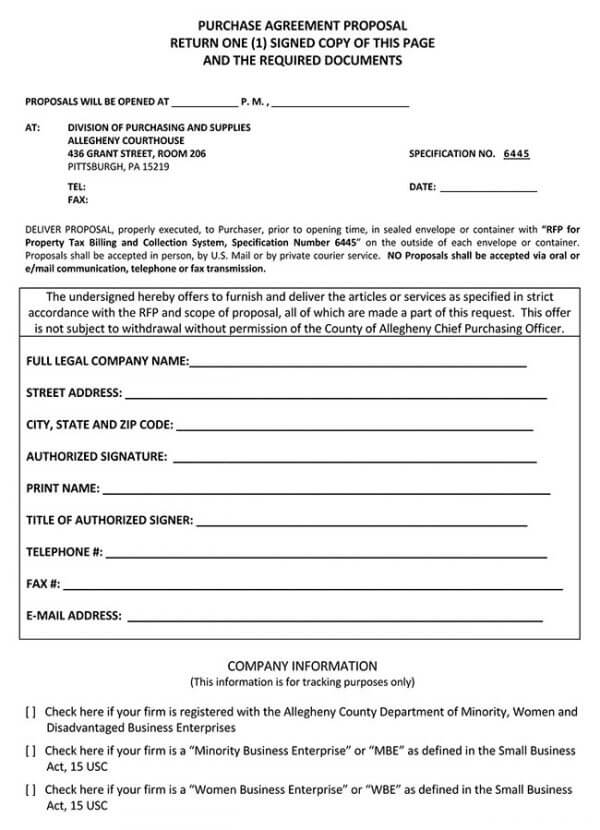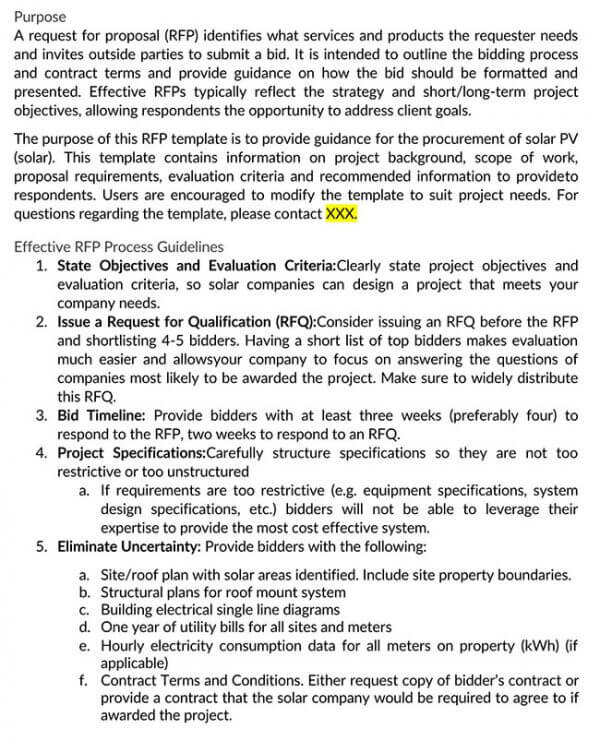The RFP lists what the company needs from the supplier to complete a project, as well as the bidding process and contract terms. Formally,
A request for proposal is a document that solicits proposals, often made through a bidding process, by an agency or company interested in procurement of a commodity, service, or valuable asset, to potential suppliers to submit business proposals.
A well-crafted RFP can attract quality suppliers and significantly minimize the wait time so the company can complete its projects much faster. RFPs also help vet suppliers and compare various action plans and opportunities to find the best supplier to transact with. Consequently, it helps the company to view the project from different perspectives as each supplier includes, along with their bid for the project, their plan of action.
Pre-Writing Checklist
Below is a pre-writing checklist to consider when writing a request for proposal:
Homework
Start by identifying what you need, what you want, and what is possible before writing the RFP. For instance, do not issue craft an RFP for a machine that can produce 1,000 cartons an hour if you have never sold more than 100 cartons a month. Similarly, there is no need to issue an RFP for a high-powered vehicle when a delivery motorbike can get through traffic just as fast.
Needs vs wants
Distinguish what you want from what you need. For instance, if you are looking to purchase software that can transmit images between the head office and your mobile office at the job site, make sure to specify the number of images you will need per second, the specific resolution, and the maximum size of the images. Although it may be a great idea to have those images in color, make sure to decide if it is indispensable. If you need the supplier to have a specific item or quality, consider using the words “Shall,” “Will,” and “Must.” This will help the supplier understand that such requirements are mandatory. Identify other items that are not necessarily needed – “wants” by using words such as “may,” “can,” and “optional.”
Deciding the winner
The responses you will receive from suppliers after sending the RFP will differ. When reviewing the responses, you will see that each supplier has different strengths and weaknesses. Some will focus more on the overall cost of the project, some on the quality, and some on the complete feature. To decide who wins the project, list all the qualifications upfront.
Method of delivery
All companies have their own method of reaching supplies. Some use emails, company websites, notice boards, etc., to send out such correspondences. When sending the RFP, make sure that you specify the name and/or bid number to help you identify the RFPs the suppliers are responding to.
Who will receive the RFP
Companies usually have a list of acceptable vendors or vendors they would like to transact with; if you don’t have such a list, search through your professional network online or ask some of your trusted vendors you’ve previously transacted with for recommendations.
How to Write a Request for Proposal (15 Steps)
A clear and professionally crafted RFP can increase a company’s chances of getting the right response from potential suppliers. For the company to get the proper response, however, the suppliers must understand the company’s requirements to gauge whether they’ll be able to satisfy them just from reading the RFP. Below are steps a company should take when looking to create a clear, professional, and compelling RFP to help them get the right suppliers bidding for the project:
Step 1: Define the project and its needs
Define what the project is and what is needed from the suppliers before writing the RFP. To ensure that all the needs are properly captured, create a list of all the items that the project will require. State what you want the supplier to do; this includes the where, when, and how the project will be done.
Step 2: Title of the proposal
Next, write the title of the proposal. The title should contain the name and purpose of the proposal. It is important to write a clear and definitive title to make it easy for potential suppliers to understand the project.
Step 3: A description of the company
Briefly describe the company, i.e., what the company does, its motto, value, etc., to help the supplier get a clear picture of approaching the project. Providing a clear description of the company can help the supplier understand whether they’ll be able to tackle the project or not since some projects may have the same name but different ways of implementation. The supplier may also be unfamiliar with the company, so including its description may help them make an informed decision.
Step 4: Project’s name
Provide a name for the project. The name of the project is usually referenced by suppliers when bidding. This is important, especially when you are looking to run multiple projects at a go.
Step 5: Schedule of proposal
Creating a schedule of the proposal helps in keeping the guiding principles in place and setting expectations. With a well-defined schedule of the proposal, potential suppliers will be able to manage their time well and create a detailed action plan for the project.
Step 6: Project’s overview
Explain what the project aims to achieve. This should include the company’s key priorities, the preferred credential, and other defining features of the project. By defining what the company aims to achieve through the project, prospective suppliers will be able to determine if the project is the right cut for them, thereby ensuring that only well-qualified suppliers bid for the project.
Step 7: Project’s requirements
Provide a clear and definitive explanation of what the company required of potential suppliers. When defining the project’s requirements, one should take their time and ensure that no item is left out when listing. Also, include the project’s budget and experience needed in this section.
Step 8: Scope of work
List down all the project’s necessary deliverables. This will act as a narrative description of the project’s work requirements (in the case where such requirements are of the nature of service) and needs. The scope of work will also help the suppliers determine whether they will be able to afford the time allotted for the project.
Step 9: Associated risks
Outline all the risks associated with the project and provide suggestions on how the suppliers can mitigate such risks. It is vital to let the suppliers know before bidding of the risks they will potentially face so that if they are willing to take the project, they can be well prepared.
Step 10: Selection criteria
Explain how the company will select the winning supplier from the respondents. Ensure the company’s key priorities in the selection are given key priority, including the essential criteria and the preferred credentials for suppliers bidding for the project. This will help potential suppliers to craft proposals stating how they match the listed requirements.
Step 11: Submission requirements
List down the requirements and deadlines for the submission of the proposal. Also, make sure to mention any other submission requirements such as the mode of submission, the format to be used, and the type of documents that must be submitted with the proposal.
Step 12: Contact information
Provide the company’s contact information, i.e., email, phone number, name of the creators, etc., to help suppliers get clarifications on issues relating to the proposal.
Step 13: Include the timelines
When creating the RFP, one should include the suppliers’ deadlines, the deadline for their responses, when and how the winner of the proposal will be announced, the start and end date for the project, etc. Mentioning the timelines will help suppliers properly organize their schedules and do everything according to the given schedule. The more detailed or complex the requirements for the project are, the more time the suppliers should be granted to prepare and submit their bids.
Step 14: Proofread and revise
It is important to go through the RFP before circulating the document to ensure that it is free of any grammar or spelling mistakes. Sending a document full of grammar and spelling mistakes to suppliers may be treated as a sign of non-seriousness, making suppliers less interested in bidding for the project.
Step 15: Notify the winner
After completing all the steps mentioned above and selecting a winner, take the next step and notify them that they have won the RFP and it is time for them to proceed with it.
Download Free Templates
Tips for Writing a Good RFP
Below are tips to use when drafting a request for proposal:
- Use subheadings and bullet points: To make the document easy to read and comprehend, consider using subheadings and bullet points throughout the document. With increased readability, suppliers will more likely respond since they will be able to understand the project’s requirements.
- Write about what you know: It is important only to write RFPs for a completely conversant project as they will be able to break down all the requirements and not leave out crucial details about the project. With the right details included in the RFP, one will be able to attract only qualified suppliers for the project.
- Be detailed without being prescriptive: Every supplier will most certainly end in their application with their version of how they will tackle the project. When explaining what the project is all about, try not to focus so much on how the work should be done so as to not confine potential suppliers to one method limiting their creative space. Suppliers are likely to respond to an RFP if they feel that they will have some room to bring in their creativity.
Frequently Asked Questions (FAQS)
How much time should the whole RFP process take?
The whole RFP process usually takes anywhere from a month and a half to three months, sometimes longer depending on the project’s requirements and complex nature.
How to draft an RFP that will get you a response?
To write an RFP that is guaranteed to get a response, stick to the project’s scope, include information such as the title, deadline, selection criteria, selection process, project requirements, etc., and do not include any information that isn’t directly related to the project.
